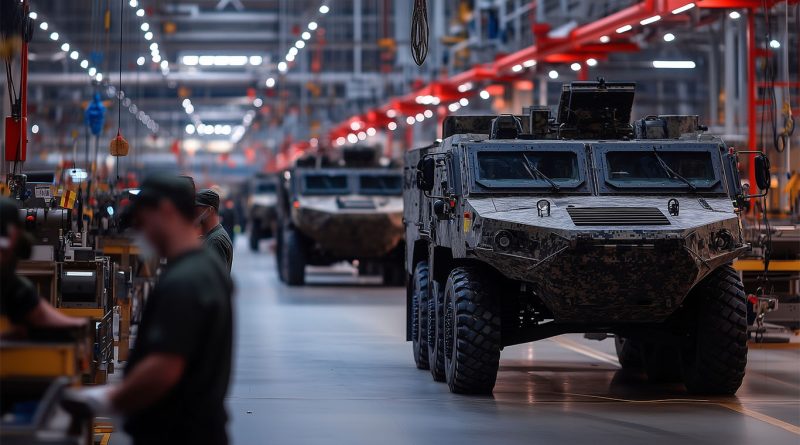US Military additive manufacturing spend surges 166% year-over-year
Subscribe to our free newsletter today to keep up to date with the latest manufacturing today industry news.
The United States Department of Defense (DoD) is intensifying its commitment to additive manufacturing as it looks to reinforce supply chain resilience and maintain technological superiority. In its recently published budget analysis, the DoD earmarked approximately $797 million for additive manufacturing in fiscal year 2024, reflecting a dramatic 166 percent increase from the prior year. This surge in funding underlines the military’s long-term intent to embed 3D printing deeper into its procurement and sustainment operations.
Additive manufacturing’s significance to national defense has grown steadily over the past decade, evolving from an experimental technology into a core capability. The Pentagon’s push aligns with global trends, where leading military powers are investing in advanced manufacturing to offset geopolitical supply chain constraints and gain tactical advantages.
Budgetary commitments and projected growth
While the immediate allocation is close to $800 million, forecasts suggest that defense spending on 3D printing could reach $2.6 billion by 2030. This growth trajectory stems from the DoD’s 2021 Additive Manufacturing Strategy, which outlined ambitious goals for developing, adopting and scaling AM technologies across all branches. The strategy emphasizes reducing dependence on traditional manufacturing pipelines, accelerating parts production, and ensuring units have the ability to produce mission-critical components in-theater.
This budgetary shift demonstrates a broader trend toward rethinking how the military manages its inventory. By leveraging 3D printing, the Pentagon aims to reduce lead times, lower lifecycle costs and ensure that aging fleets can remain operational with custom-fabricated replacement parts. These advancements are especially critical for systems that may not have robust commercial supply chains.
Service-specific initiatives and advancements
Each military branch is contributing to the expansion of additive manufacturing in its own way. The US Navy recently launched the Naval Aviation School for Additive Manufacturing in Pensacola, Florida. This facility is designed to train sailors and marines to operate AM equipment and integrate 3D printing into maintenance workflows. The Navy’s broader AM strategy highlights the potential to keep ships, submarines and aircraft mission-ready with on-demand parts production, even while deployed.
The US Army’s Tank-automotive and Armaments Command (TACOM) is another example of additive manufacturing being integrated at scale. TACOM has turned to 3D printing to fabricate legacy parts for vehicles and armaments that are otherwise difficult or cost-prohibitive to source. By equipping depots with AM capabilities, the Army can sustain aging platforms and adapt more rapidly to evolving operational demands.
On the aerospace side, the Air Force and Space Force have invested heavily in AM to develop lightweight components for aircraft and spacecraft. Notably, Aerojet Rocketdyne secured a $22 million contract to advance hypersonic weapons development through additive manufacturing, underscoring AM’s strategic role in next-generation defense systems.
At its core, the DoD’s expanding additive manufacturing portfolio addresses one of its biggest challenges: supply chain vulnerability. By enabling decentralized production, the Pentagon can mitigate risks associated with disrupted logistics lines and overseas suppliers. In forward-deployed environments, the ability to produce parts on-site can be the difference between sustained operations and mission failure.
Looking ahead, the DoD is likely to continue investing in workforce development and cross-branch collaboration to mature its AM capabilities. The integration of advanced design software, robotics and materials science will further unlock the potential of 3D printing, making it an indispensable element of modern defense manufacturing.
Sources:
